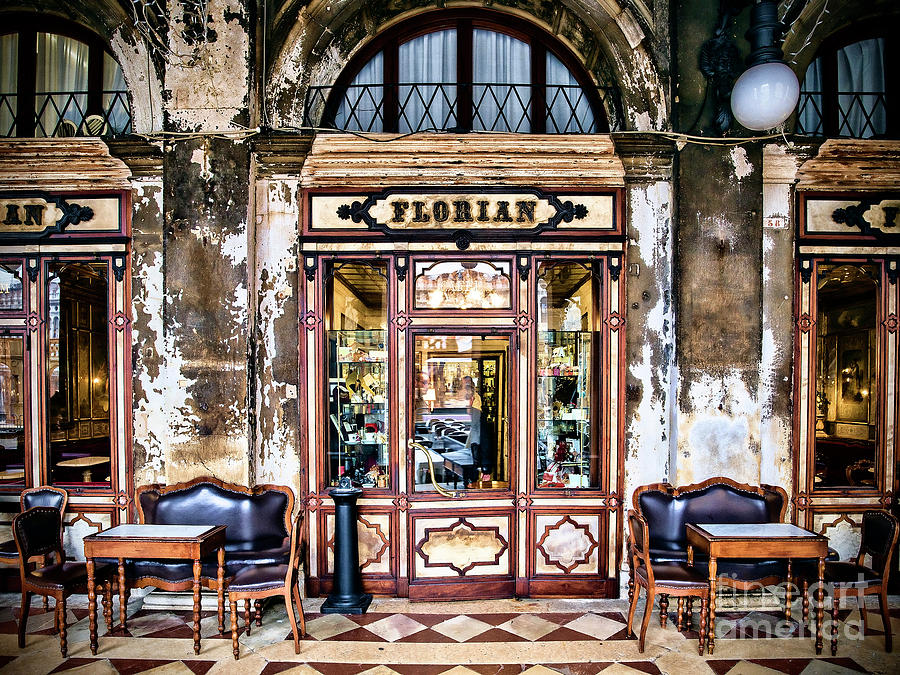
Coffee Culture in Italy
You can’t leave Italy without trying…
A coffee at a traditional Italian bar. Coffee has become as much a symbol of Italy as its pasta and pizza. The first coffeehouse in Italy is said to have opened in Venice in 1645 as a result of the city’s strong trade links with the East.
The energizing properties of coffee were noted early on. In the early 17th century, Piero della Valle wrote that, “It prevents those who consume it from feeling drowsy. For that reason, students who wish to read into the late hours are fond of it.” It wasn’t just students who enjoyed this new alternative to water and wine. Sometime later, Napoleon is said to have noted its stimulating effects: “A very strong coffee resurrects me.”
By the mid-18th century, many more coffeehouses had opened, including the famous Caffè Florian on Venice’s St. Mark’s Square, which debuted in 1720 and still thrives today. These social spaces soon gave rise to a culture of intellectual exchange and business discussion that became a core part of the European Enlightenment. Initially the preserve of the social elite, coffee gradually became a staple for Italians from all walks of life; it remains a daily ritual for many.
**How to drink it: **For a traditional Italian experience, drink “un caffè” standing at the bar. If you’re there in the morning, ask for “un cornetto” (an Italian croissant) as well and offset the bitterness of coffee with something sweet. There are many varieties of coffee in Italy with slight variations between regions, such as a ristretto (a short, strong shot of espresso), corretto (espresso with liqueur), lungo (a “stretched” espresso), or macchiato (espresso with milk). Consider trying some of the varieties you don’t drink at home.
How to order and pay: If you want to drink your coffee at the bar, you’ll likely have to go to the cash register to pay for your coffee first, and then take the receipt to the bartender. In the U.S., when we ask for an espresso, we get what the Italians would simply call “un caffè.” If you’d like to try ordering in Italian, simply say “un caffè, grazie” (a coffee, thanks).
Do you tip? How much? When drinking a coffee at the bar, you don’t usually tip. This is a quick refuel, and people don’t tend to hang around. The price of a coffee depends on where you are in Italy but a caffè is typically between 70 cents and €1.50. If you do decide to sit down for your coffee, beware of the surcharge. In some of the more touristy parts of Italy, there’s a huge difference in price between a coffee at the bar and a coffee at a table.
Locals know that… In the U.S., when you order a latte, you’ll be given a milky coffee, but in Italy, where “latte” means “milk,” you’ll get just that: a glass of milk without the coffee.
Etiquette 101
D: Drink your coffee quickly. Coffee is made at a drinkable temperature, so consume it as soon as it’s placed on the bar to enjoy it at its best.
Don’t: Order a cappuccino or any other milky type of coffee after about 11 a.m. The Italians only drink milky coffee in the morning.
https://www.cntraveler.com/stories/2014-07-09/how-to-drink-coffee-in-italy-like-a-local
